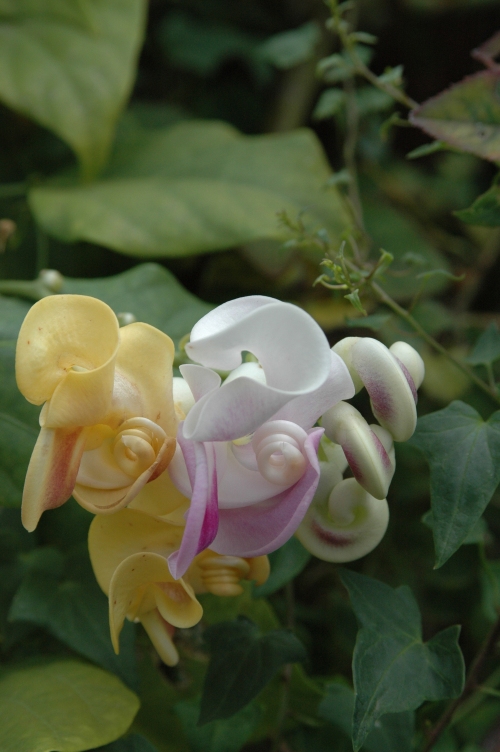This is the garden to go to first if there are plants you are after- as this is where we are holding our PLANT SALE –

CALANDRINA
But do allow time to wander around the rest of her garden as it is so cool and has the most wonderful restful and relaxing feel to it. This is due in part to the unusual colour of the walls of the house and boundary. It is also surrounded by trees growing on the pavement which enclose it and help give it atmosphere. Amanda has managed to garden amazingly well under their shade and copes with their roots!
Although green and grey predominate there are pops of colour with each season and its so interesting to see what has survived – and even flourished in our drought as she only put in a borehole recently.














